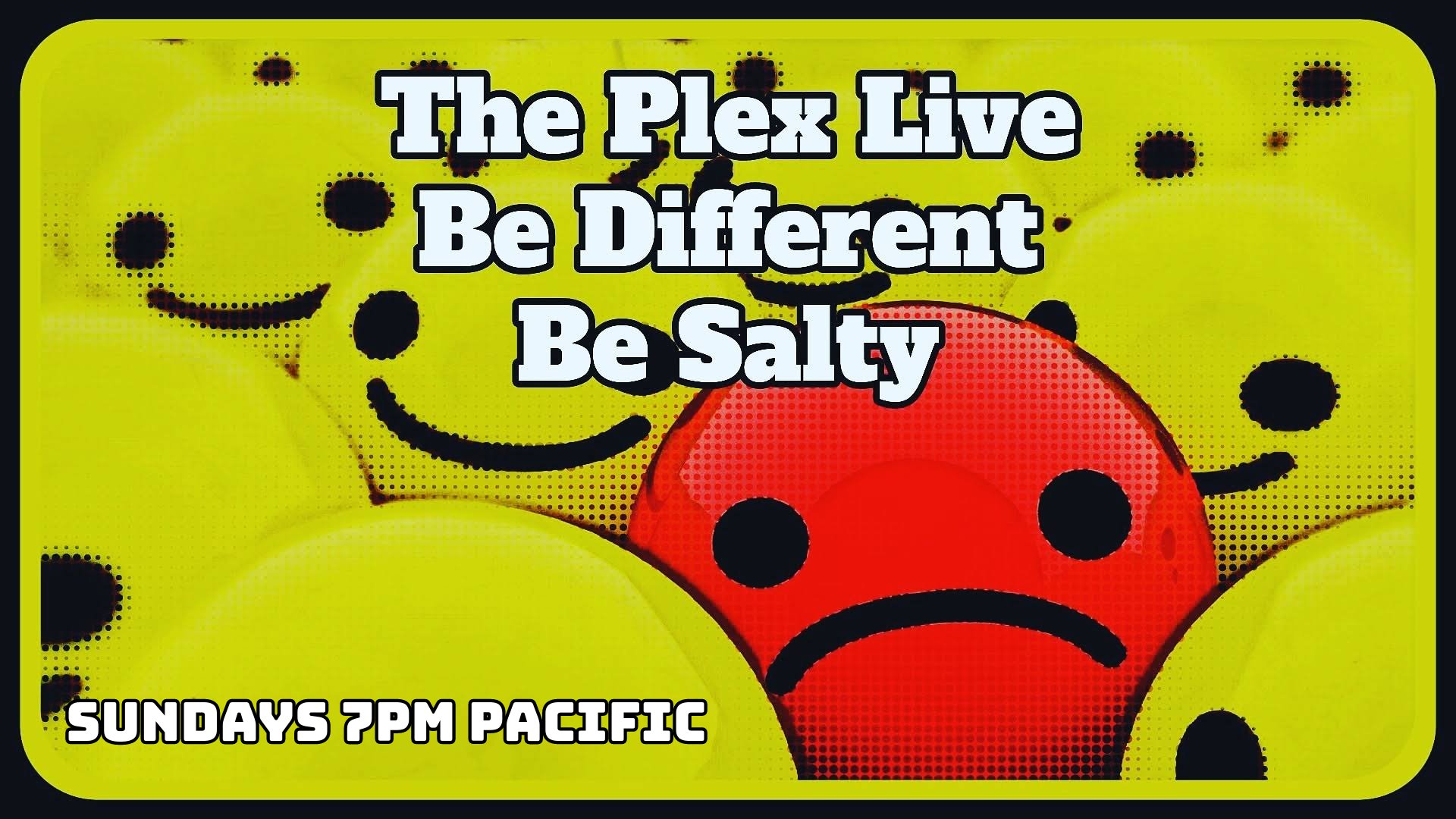Christopher T. Conner is Teaching Assistant Professor of Sociology at The University of Missouri, Columbia. He is co-author of Electronic Dance Music: From Deviant Subculture to Culture Industry. His work has also been teaching in a variety of outlets including YOUNG: Journal of Nordic Youth Culture, The Sociological Quarterly, Deviant Behavior, Symbolic Interaction, and Sexualities. He has also co-edited numerous anthologies including The Gayborhood: From Sexual Liberation to Cosmopolitan Spectacle.
Follow Chris on Twitter
Why did conspiracy theories explode in popularity? It all boils down to narratives.
The last three years have revealed a strange, fundamental truth about American society: we do not exist in a world where we all perceive the same reality; rather, we exist in a universe of competing beliefs about the nature of the world. And for myriad reasons — including the fundamental way that the internet shapes our reality and provides alternative “facts” to every conceivable scenario — there is no shortage of sources that bolster these competing worldviews.
Hence, we’ve seen a rise, or at least acknowledgement, of “alternative beliefs” — ranging from election outcomes, folk cures for COVID, and even fantastical beliefs about Jewish space lasers. Some blame social media as the source of the rise of extremist beliefs. But, what if those with these views, and the divisions that stem from them, always existed? What if they would have likely existed even without being supercharged by social media?
Since Deleted Post from Representative Marjorie Taylor Green’s Facebook Page
As someone who researches conspiracy theories, I’m often asked why people believe in fantastical ideas. My response is that we need to look for the underlying social conditions making beliefs in these ideas not only plausible alternatives to individuals, but widely popular. As C. Wright Mills argued in “The Sociological Imagination,” when large sectors of a society each experience social problems, it indicates not a personal failure on anyone’s part; rather, it points to underlying problems in the makeup and structure of society.
Many social scientists and journalists are quick to paint a narrative which blames social media and other new communications technologies. There’s no doubt that new technologies have sped up the rate and reach of “alternative beliefs.” But just because an idea is available for public consumption doesn’t mean that people will necessarily adopt those ideas. There is something more happening here.
One of the ways conspiracy theorists and figures pushing falsifiable narratives were able to attract adherents to their belief system is by offering compelling narratives that tapped into the fears and desires of the public. QAnon was an example of this — it effectively folded many different facets of American life into one narrative that seemed absurd to outsiders.
The Great Awakening Map, Charting How Conspiracy Theories Relate to QAnon
In that sense, QAnon was empowering. But beyond that, QAnon was successful because it had an evangelical component that encouraged individuals to recruit others to the movement. Indeed, QAnon gave its adherents the opportunity to become “digital soldiers.” Thus, everyday people became transmitters of ideas and encouraged to take those ideas and modify them using whatever they could — lyricists created QAnon music, movie producers produced video content, graphic designers created memes, and some began podcasts devoted to the QAnon movement. QAnon even became popular in unlikely spaces like yoga studios, among practitioners of alternative health therapies, and with others not fitting the popular stereotype of a far-right wing conspiracy theorist.
Attempts to debunk and debate conspiracy theorists often do not resolve divisions. This is partially because these alternative belief systems are crafted in a way that exploits the real human suffering that exists in society. A common narrative among those involved with QAnon are feelings of loneliness, suffering, concern for the future, and an overall sense that something isn’t right in the world. Conspiracy theorists offer simple solutions to social problems, while science often does not typically offer comparably compelling narratives that might thwart these ideas.
Interpretive sociology, and symbolic interactionism, offers a framework that argues for the importance of narratives and stories in making sense of our everyday lives. Narratives are powerful tools which can be used to move people to action. They were also used instrumental tools used by social movement organizers like Martin Luther King, Jr., and John F. Kennedy as part of their communicative strategy. However, narratives were also key by figures like Tucker Carlson, Donald Trump, and Adolf Hitler. While ideologically these figures are vastly different, what made them formidable public figures was their ability to offer up compelling narratives not only about the state of the world, but also to offer a vision of the way the world ought to look moving forward. They are, or were, masters of the narrative.
In a world in which individual experience is prioritized — through complex individualized algorithms, machine learning, and now artificial intelligence — there is the potential for optimism. Sociology is well poised to offer a counter-narrative which is practical, compelling, and reaches a wide swath of people. Symbolic Interactionism rose to prominence in the 1960s, amidst calls for an engaged sociology that could speak to people’s lived experiences. It is not mere coincidence that this new perspective emerged at a time of civil unrest and calls for justice, factors that mirror today’s world. Since the ‘60s, things have become increasingly complex. To reach the public we need scientists of all varieties willing to harness technological innovations and meet the people where they are at — including public-facing work not kept behind paywalls, podcasts and livestreams which are educational and entertaining, and other multi-media content that is publicly digestible.
Academia, however, often does not reward public scholarship, and when it does it certainly isn’t at the rate that it rewards academic work likely only to be read by other social scientists. To critics of public scholarship, I point to the well-oiled integrated machine of the far-right, which has made significant advances in the last decade. Academia’s aversion to public scholarship has created a vacuum that has allowed for anti-scientific, anti-democratic, and even harmful information to go unchallenged and widespread.
There is some hope though. There is a younger crop of technologically knowledgeable academics working their way to holding the keys of power. Others, like myself, have been willing to embrace all kinds of technological innovations—from working with popular news outlets, to adding sound effects to my courses. Now is an optimistic time for sociology, and perhaps what is needed is an innovative sociology. One that will teach students and the public about the social realities of others in new and compelling ways — ones that are both critical but also aimed at providing hope, agency, and optimism.













